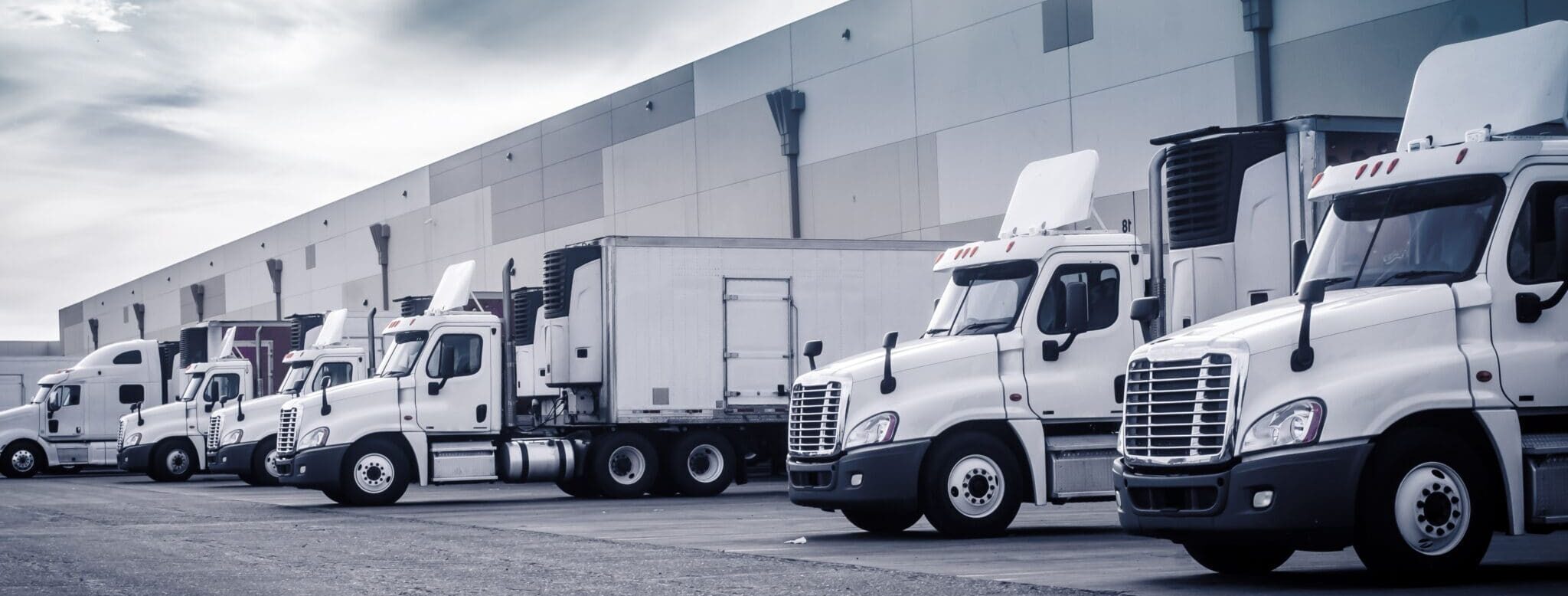
As produce transportation winds down and the freight market loosens slightly for the first time in several months, CPG shippers have the opportunity to prepare for the quickly approaching peak season.
Peak season in this context is defined by increased freight volume associated with back-to-school shopping and the coming holiday season.
Although the holiday season might seem distant, retailers begin pulling forward inventory in preparation for it starting sometime in mid-August. This busyness typically runs through the end of the year.
This peak season is poised to be another strong showing for the freight industry as demand for consumer products remains elevated.
The National Retail Federation anticipates “that retail sales will now grow between 10.5 percent and 13.5 percent to more than $4.44 trillion this year as the economy accelerates its pace of recovery.”
A strong holiday season is rolled into this prediction and is a source of substantial revenue for retailers and CPG shippers alike. That stands to reason that the coming peak season could be similar to last year’s when a record amount of freight volume hit the market. Outbound tender volumes reached a fever pitch and strained capacity at previously unseen levels.
Because of the fluid situation resulting from the global pandemic, this influx caught many shippers off guard. However, this year CPG brands have time to ready themselves for the coming hecticness. The best way to ensure minimal disruptions to your operations is to plan ahead and follow some of the best practices for peak season.
How Can You Prepare for Freight Peak Season?
Overcommunicate
Communication is always important. Its importance, however, is particularly pronounced during busy periods.
Accurately evaluate and communicate your freight needs with your transportation partners far in advance. This will allow you to lock in capacity and properly schedule freight pick-ups and deliveries. In these situations, err on the side of overcommunicating.
Build In Lead Time
Lead time can be the difference between finding reasonable capacity and paying extra to secure your orders’ transportation.
For best logistics outcomes, shippers should look to arrange transportation as soon as possible for upcoming purchase orders.
Ample lead time allows for a multitude of benefits like:
-
-
- More favorable freight rates
- Efficiency improvements
- Better carrier arrangements
- Ideal delivery times
-
Consider Multiple Modes
Working ahead will allow you to gauge your future orders accurately. Meaning you will be able to foresee how production and shipment will occur in the final quarters of the year. Having a pulse on what is coming will provide you with the opportunity to explore multiple mode options for transporting your product.
Intermodal transportation can be a beneficial choice for CPG shippers that have planned ahead. Commonly, intermodal shipping is associated with lower costs and more consistent service. Brands can save hundreds of dollars per shipment if they have built-in enough flexibility to utilize intermodal shipping options.
Leverage Logistics Data
Accurately tracking and evaluating transportation analytics is a critical component of managing your supply chain performance during peak season.
By isolating key metrics, you can diagnose how to improve laggard performance and where your logistics operation needs to be tweaked to keep up with increased demand during peak.
Retain Supply Chain Visibility and Control
This year has been a challenge for shippers and carriers alike, with previous record demand doing little to wane even as post-pandemic life has resumed. The brands that have succeeded in the COVID-19 era have all had the shared supply chain traits of visibility and control.
As peak season kicks off in the coming weeks, keeping these same principles in mind is important. Notably, it is essential that vendors steer clear of customer pick-up (CPU) arrangements.
When a vendor opts to let a retailer handle transportation of their orders, they lose the ability to maintain these essential supply chain attributes. The retailer dictates transportation terms, which means that you must have orders ready to ship when they are scheduled.
It is crucial to keep in mind pick-ups will be scheduled when it is most convenient for the retailer, not your operation. If that happens to fall outside critical production schedules, it can strain your operations, leading to reduced efficiency and potentially jeopardize profitability.
Your retail customers are busier than ever, which can spell issues for shippers involved in CPU arrangements. The heightened pace of peak season can also translate to more missed pick-ups and appointments, translating to fines, fees, and out-of-stocks.
Work with Retail Logistics Experts
Partnering with a logistics firm that understands the complex, nuanced world of retail shipping can help offset the challenges of peak season shipping. A retail-geared transportation partner can pair your freight with a vast network of preferred carriers that understand the delivery needs of the nation’s most challenging receivers.
Zipline Logistics Can Help You Stay Ahead of Peak Season Challenges
Zipline Logistics specializes in retail delivery. We understand the situation at retailers during peak season and can help you optimize your logistics function to ensure you excel at on-time performance even in a crunch.
We are comprised entirely of retail logistics experts who work with suppliers on a consultative level to exceed the expectations of retail customers. Brands that have a retail optimized supply chain can leverage their successes to increase exposure and facilitate growth.
Since over 95 percent of our orders end up on a retail shelf, we understand what it takes to ensure your product arrives at its destination as intended and on time.
We work with customers to manage their retail orders to create cost-reduction and performance-enhancing supply chain strategies.
Want to see what Zipline can do for you? Reach out to discuss our retail-driven brand transportation strategies today.